CYGNUS
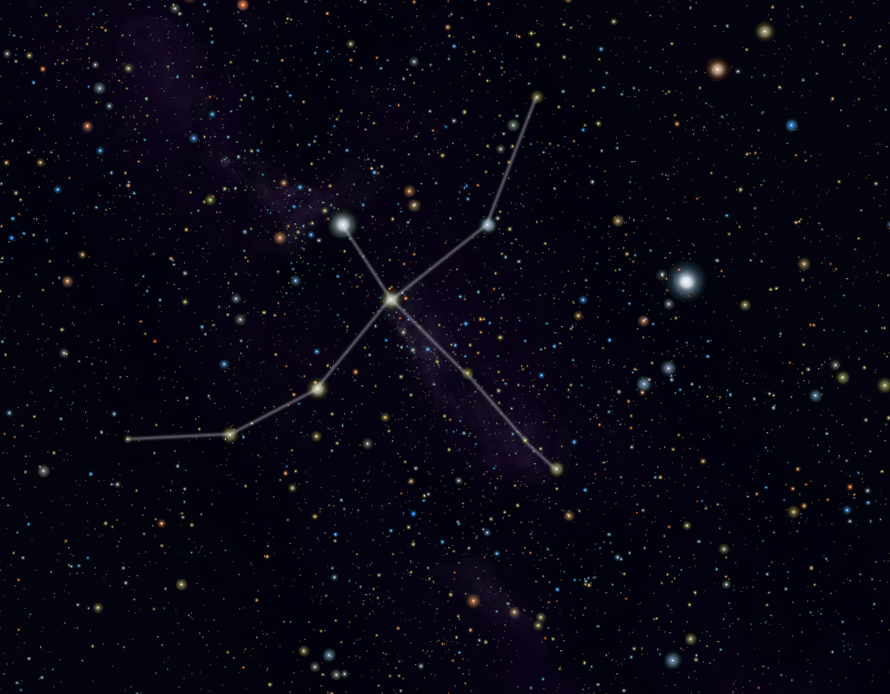
Roberto Mura - Own work,
CC BY-SA 3.0, wikimedia
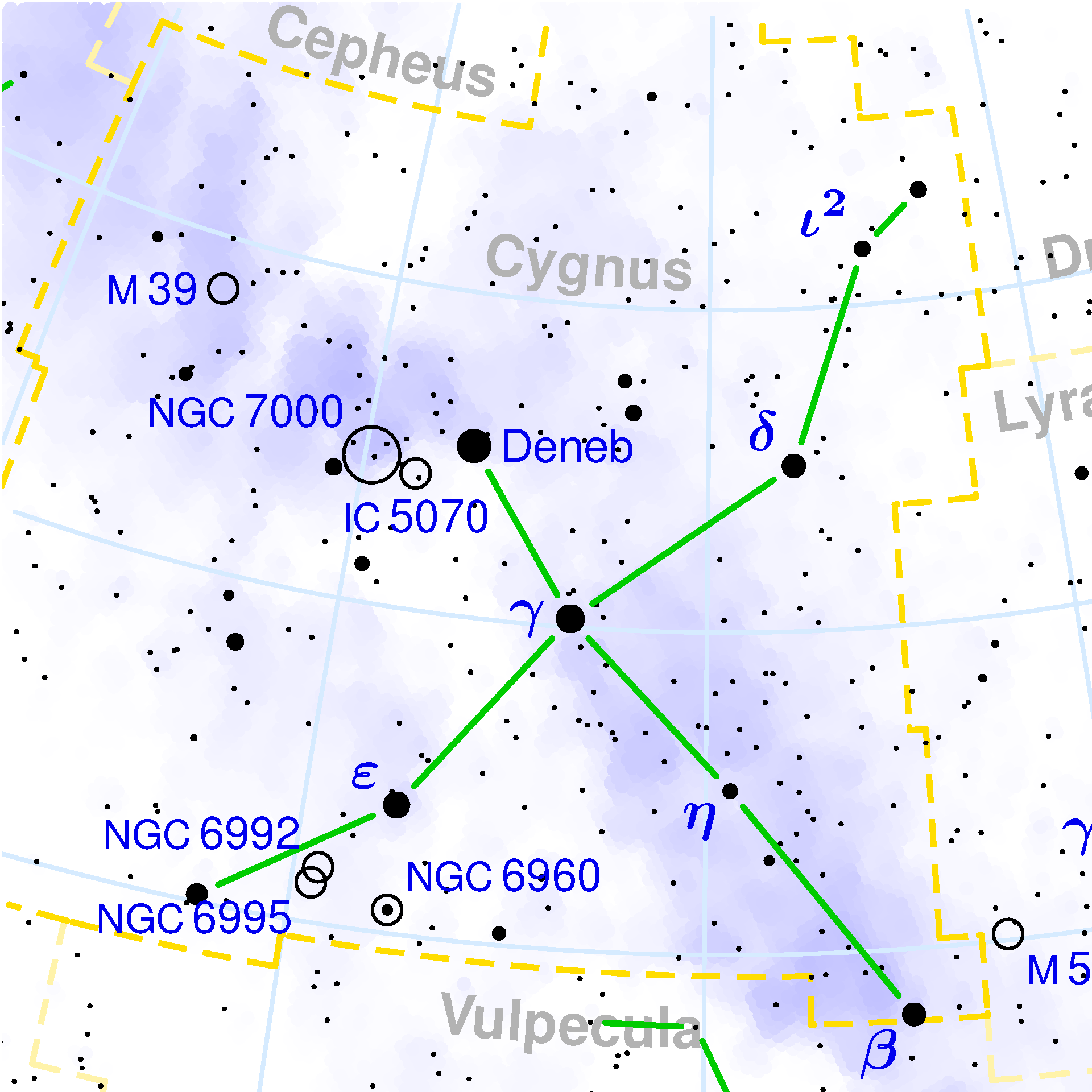
CC BY-SA 3.0, wikimedia
Cygnus is one of the most beautiful constellations in the sky where configuration and mythology blend perfectly. The great swan seems to fly along the Milky Way in summer towards the south. The 4 brightest stars in the constellation make up ‘The Northern Cross’ which can be seen well in late autumn when this asterism looks as if it is sitting on the northern horizon looking very much like a Christian cross announcing the coming of Advent and Christmas.
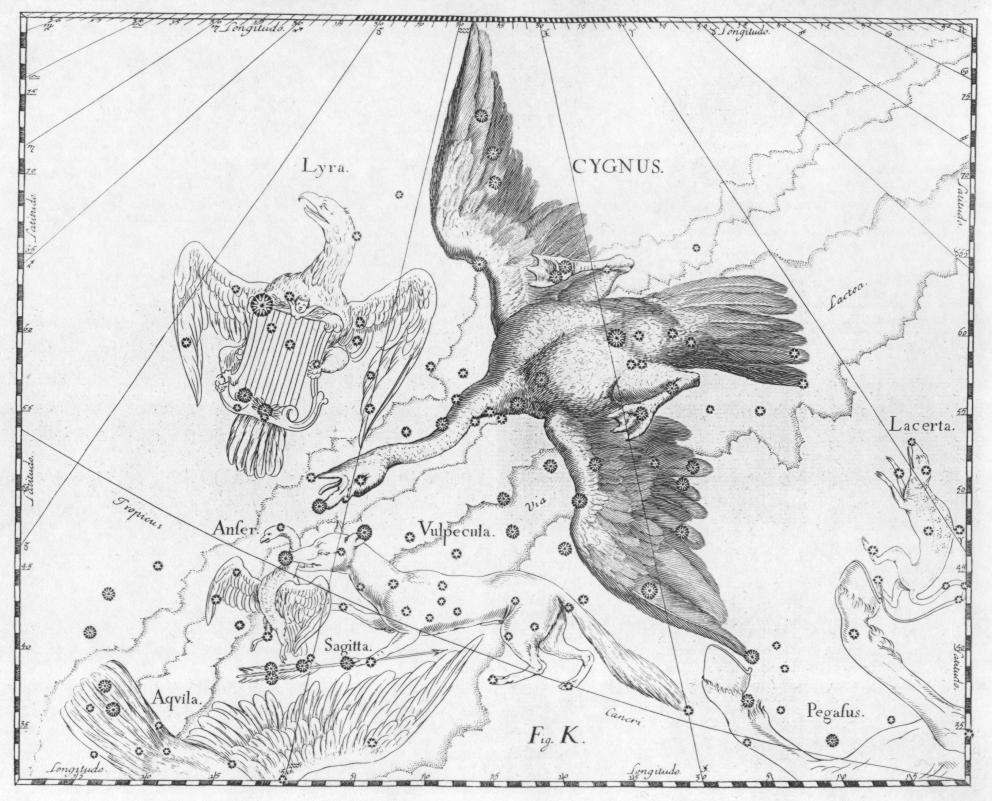
Johannes Hevelius - Scanned by: Torsten Bronger 2003 April 4
Atlas Coelestis. Johannes Hevelius drew the constellation in Uranographia, his celestial catalogue in 1690
Source: http://pp3.sourceforge.net/wiki/tau.jpg || Pubblico Dominio, wikimedia
Cygnus shows up in many myths and has been identified with several different legendary swans. Zeus often takes on the body of the Cygnus as a disguise in order to covet his reluctant lovers. The most famous story is that of Leda and the Swan, the Queen of Sparta, who impregnated by Zeus in the form of a swan and also impregnated by her husband, Tyndareus, the same evening, gave birth to 4 children, two immortals, Helen of Troy and Pollux and two mortals, Clytemnestra and Castor. Interesting to note is that one of the constellation’s stars, 61 Cygnus, was the first star to have its distance measured by an astronomer. This happened in 1838 and the Swiss astronomer’s name was F.W. Bessel.
The Beta star Albireo is the head of the swan and is considered one of the most beautiful double starsin the sky. You can see its contrasting colors through a telescope. There is a yellow-hued red giant next to a small blue-green star. It is about 400 light-years from us and it is not certain whether the stars are part of a binary system or are simply near to each other due to our vantage point or perspective. It is the star at the base of the Northern Cross the ‘beak star’ of the mythological swan. It is, however, getting nearer to us, in 5 million years it will be the brightest star in the sky!
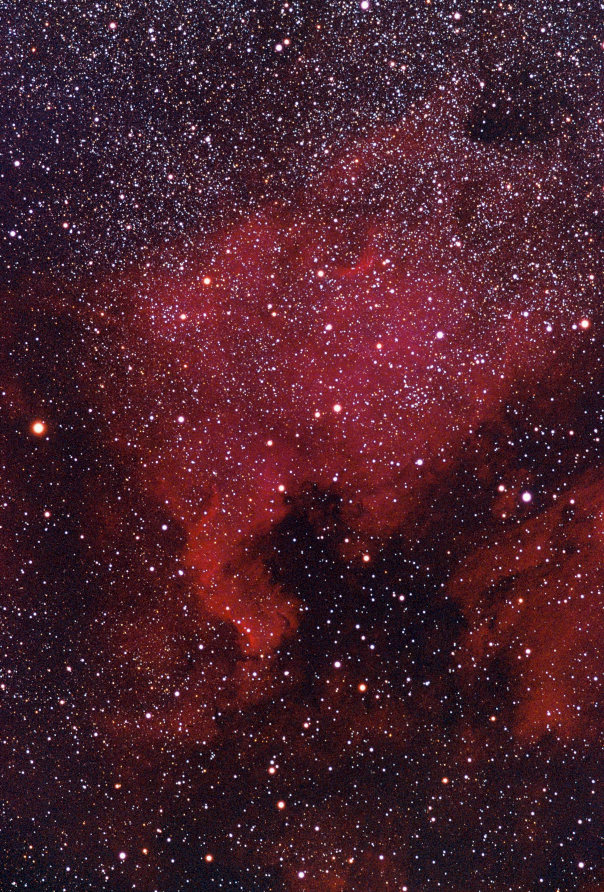
Oliver Stein - homepage of Oliver Stein ,
CC BY-SA 3.0, wikimedia
The North America Nebula (NGC 7000) is just east of Deneb. In photographs it looks like the north American continent where the Gulf of Mexico and the shape of Florida are easily made out. Alongside of it is the Pelican Nebula - both nebulas are less than 2,000 light-years from the Earth.
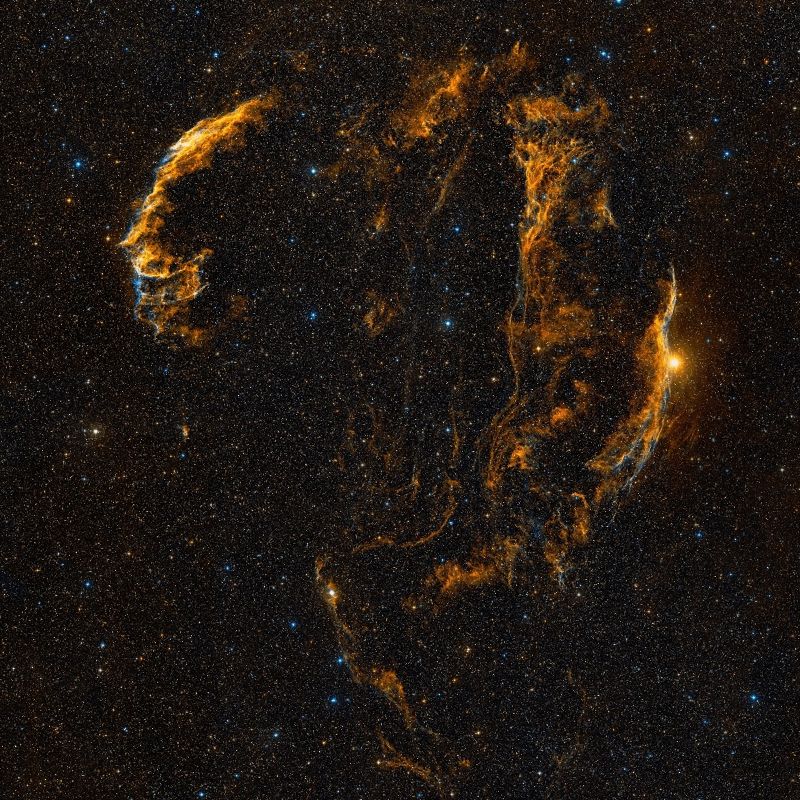
Di w:en:Palomar Observatory/w:en:STScI/w:en:WikiSky - WikiSky.org, cut-own made with snapshot tool,
Copyrighted, wikimedia
The Veil Nebula is just east of the left limb of the cross, and it is what remains of a supernova explosion which took place a few thousand (5 to 8,000) years ago. It looks like a series of thin red and blue filaments winding themselves around the 52 Cygnus star when photographed. It is about 1,500 light-years from us.
Southern Hemisphere: the constellation is not very visible from July to November. At the southern middle latitudes, between July and the end of October we can see it in the evening, low on the northern horizon.